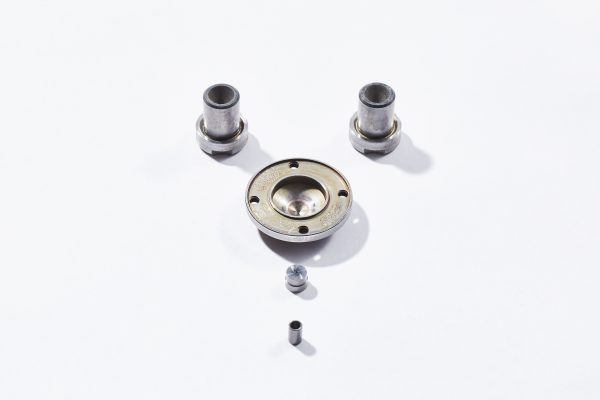What Does 5G Mean?
What is 5G?
5G is the fifth generation of wireless internet technology. It is a massive upgrade from 4G in almost every way. It will have better peak speeds, capacity, reliability, and efficiency. However, it requires new hardware in mobile phones to work. You cannot use a 4G phone, such as the iPhone 11 or 11 Pro, on the 5G network. However, the current generation of phones (such as the iPhone 12 and 12 Pro) will work on the 4G network as well as the 5G network.
5G vs 4G
5G uses much higher frequencies, and therefore shorter wavelengths, compared to 4G. Shorter wavelengths can move more data much more quickly, but not as far. A 4G tower could project data over 10 miles, while a 5G tower can only push data around one city block. This means that many more towers are required for the new network. The waves can get blocked by obstacles like trees, so towers will need to be integrated into streetlights, traffic lights, billboards, and more. There are lower frequencies available as well, which have lower speeds but more coverage.
There are three main versions of 5G: low-band, mid-band, and high-band. The type that promises the fastest speeds is high-band. However, the higher frequencies mean shorter wavelengths and less coverage. Cell service providers are using all three types to provide 5G coverage nationwide, although there are very few locations (even in major cities) where you can find high-band. Most providers claim to provide 5G, but they are providing low-band service, similar to 4G.
What about Manufacturing?
Because of the infrastructure required, 5G is increasing manufacturing needs. Fiber optic suppliers are rushing to create enough material to meet the demand. Many fiber drawing facilities are located outside of the U.S., but the demand trickles down to the suppliers of draw dies like GLE Precision. If the cables or coating are not completely uniform, it will drastically reduce the range of 5G. Through our expertise, GLE provides ultra-high precision dies for coating fiber optic cables.

5G Cable
If 5G is wireless, why does it need cables? Well, the cable in question is fiber optic cable which is glass filament. Data can be transferred much, much faster over fiber optic cables than traditional metal (normally copper) cables. Data is sent as light in fiber optic cables, instead of as electricity in copper cables. These cables connect 5G towers to the network. Again, the volume of these towers needed means that the demand for cables is very high.
The Future of Everyday Life
The new network will make uploading and downloading data much more convenient for many people. Latency is the amount of lag time in the system, and it is virtually eliminated in 5G networks. This means that communication between devices (cell phone to cell phone, VR devices, smart appliances, etc.) will have almost no delay. Possibly the largest application for consumer devices is in self-driving cars. Currently, they are observing their environment and reacting, but in the future, they will communicate with each other as well.
Along with consumer products, 5G will improve manufacturing. Automated factories will use it to improve efficiency and develop new applications. Automation can be implemented or improved at docks, trainyards, warehouses, and more. Wherever the future goes with 5G, it will get there quickly.

